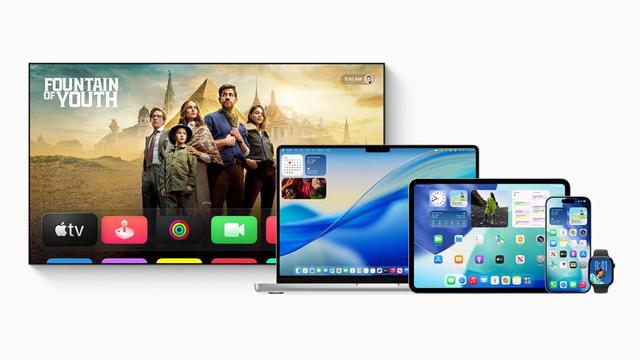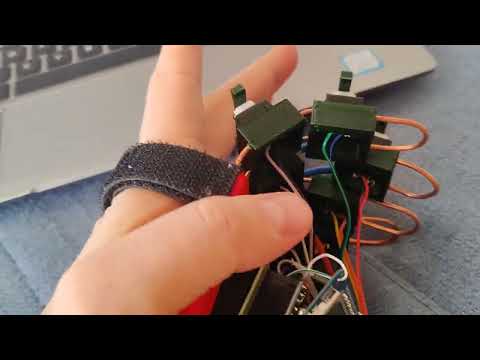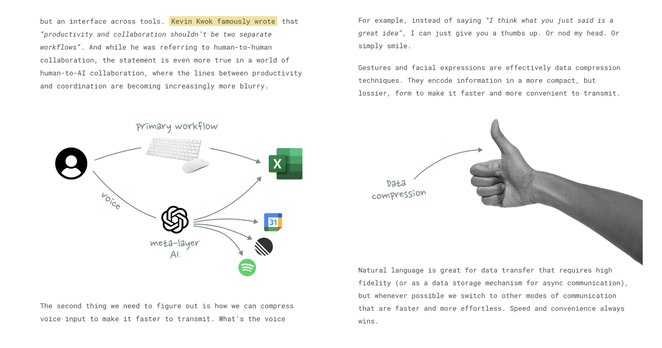➤ 蘋果以設計變革引領人機互動的未來
✤ https://omc345.substack.com/p/from-skeuomorphic-to-liquid-glass
蘋果在WWDC 2025推出「液態玻璃」設計,不僅僅是視覺上的更新,更展現了蘋果對未來十年人機互動的策略性佈局。此舉呼應了蘋果過去的慣例,即透過設計變革引導使用者逐步適應新的互動模式。液態玻璃的設計靈感源自visionOS,旨在為即將到來的擴增實境時代做好準備,並藉此凸顯蘋果在硬體與軟體垂直整合上的優勢,同時也與AI技術的發展方向相輔相成。儘管初期可能存在易讀性和認知負擔等問題,但蘋果有信心透過不斷的調整與優化,引領整個產業朝向更自然、更沉浸式的互動體驗邁進。
+ 蘋果的設計總是能預見未來趨勢,液態玻璃的出現讓我對未來的科技充滿期待。
+ 我一開始有點不習慣液態玻璃的設計,但如果它能讓AR體驗更自然,我願意接受。
#科技趨勢 #蘋果 #設計 #人機互動


